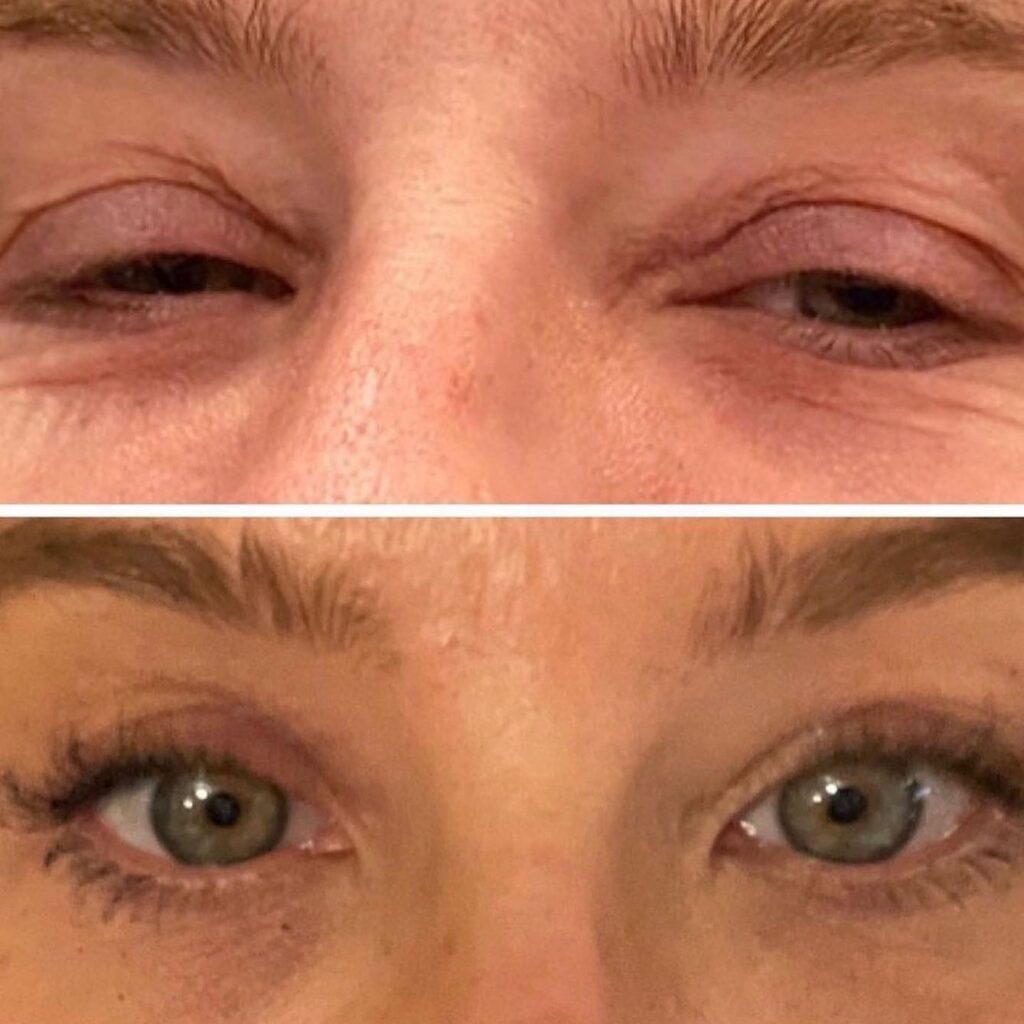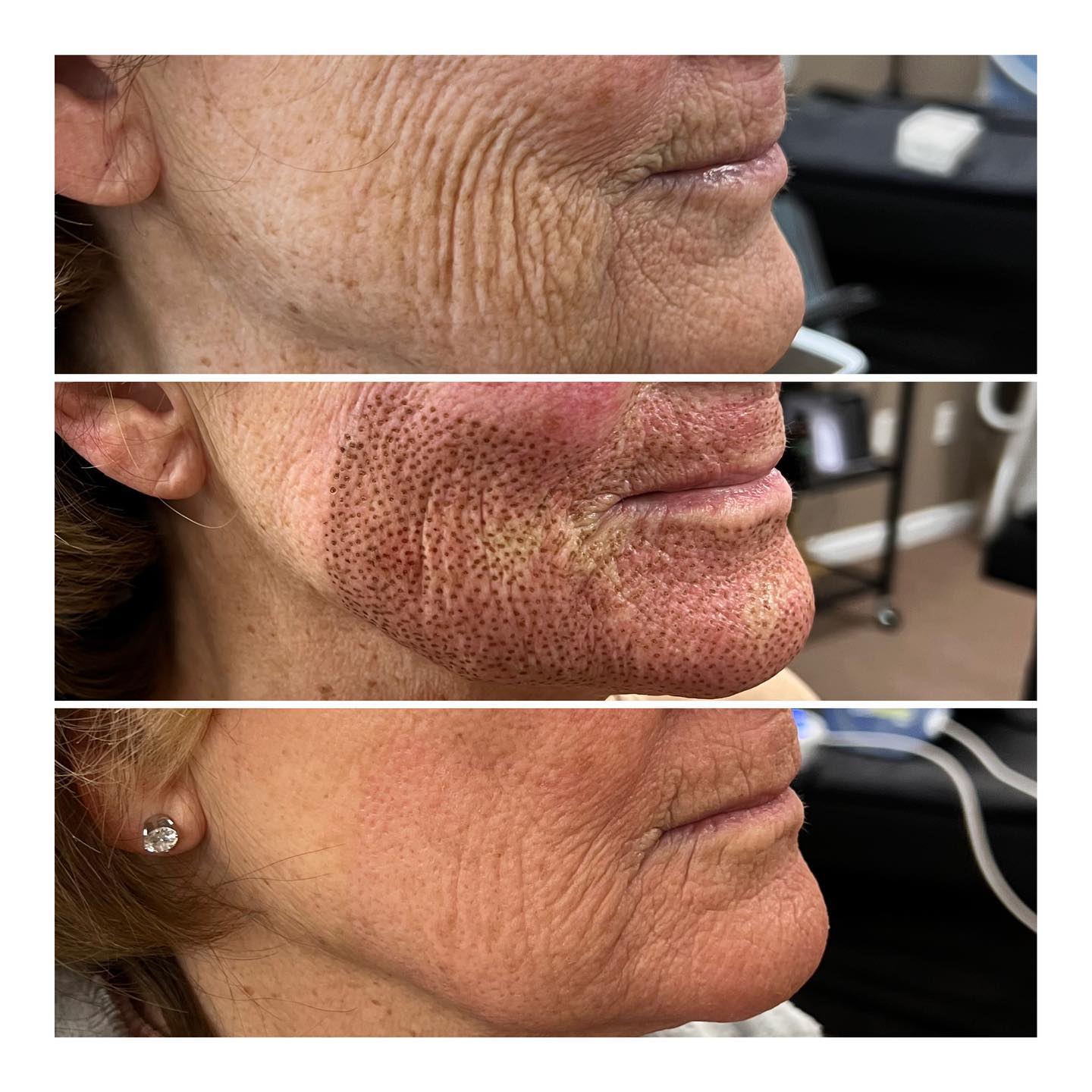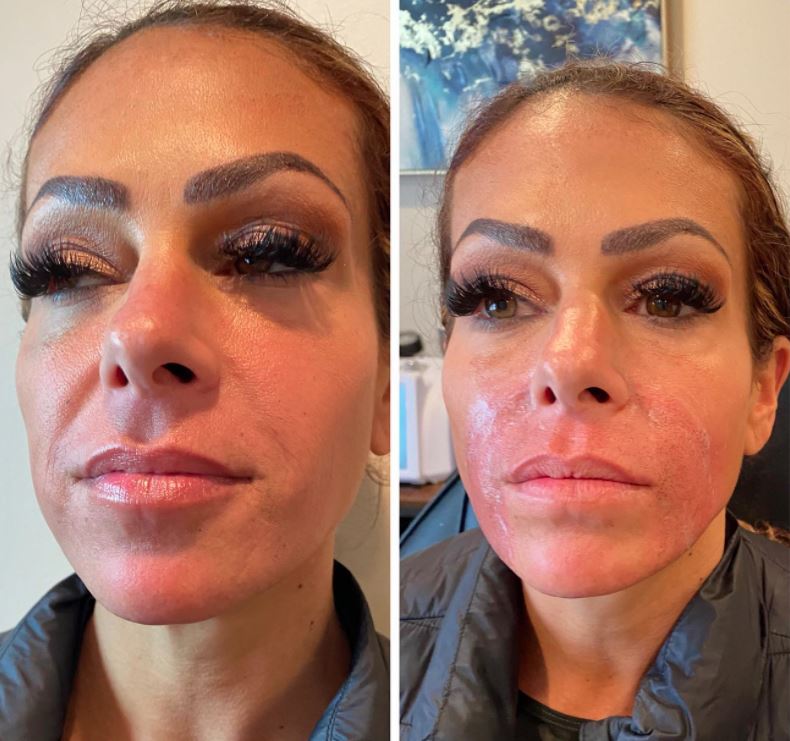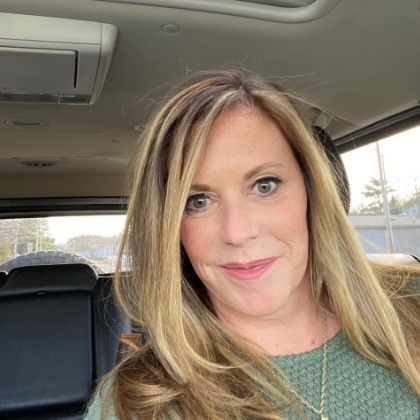In the world of skin care, Plasma Fibroblast is also known as plasma pen treatment and even fibroblast skin tightening… call it whatever you want, just do it!
This minimally invasive treatment has all the anti-aging appearance benefits of more invasive procedures and very little to almost no risk. It is way more affordable than surgery, and has no significant down time, so you could actually do this on your lunch break and return to work the same day.
What kind of results can I expect from a plasma fibroblast treatment?
Plasma Fibroblast creates instant (yes, instant!) lift, tightening and reduction of skin volume. Does it sound too good to be true? It gets even better. The skin tightening continues for 8-12 more weeks after your appointment! This treatment can be performed virtually anywhere on the face or body that has loose skin. Can you say non-surgical tummy tightening? Eyelid lift? Yes, please!
One treatment is all that is usually needed, but some cases may require a second treatment for the best result. Touch ups or repeat treatments can be performed 8 weeks post treatment. Although results can last as long as 2-5 years, we can’t actually stop the aging process, so many repeat the process yearly on their problem areas (like the jowls I inherited from my grandmother). Factors such as age, SPF use, diet, smoking and excessive alcohol consumption all contribute to your final results.

How does this anti-aging skin treatment work?
Fibroblast is performed by a certified practitioner and uses a minimally invasive FDA cleared Class 1 medical device which uses an electrical charge to react with the gasses in the air and coming off of our skin. This immediately shrinks the skin, causing instant tightening called sublimation. A small carbon dot appears on the skin as a result of each plasma charge. Healing process of the carbon crusts take place within 4-10 days, but the Fibroblast skin cells continue to do their thing (produce collagen! Did you know our bodies stop doing that around the age of 25?!) for at least 8 more weeks, so final results will be fully visible after this time. A second treatment or touch up may also be considered after this time.
Are there negative effects of plasma fibroblast treatments?
Very few! You will be walking around with carbon crusts on treated areas for 4-10 days, but they will dry up and fall off. You can’t cover them with anything like makeup, just let them heal.
You will have fresh, pink, new skin below the dots, so staying out of sun exposure and using mineral sunscreen is strongly advised. In the first few days, you may experience some swelling, especially if you choose to work on the eye area. This is easily managed and resolves in about 48 hours.
You will experience some mild itching as the crusts dry, but do not pick or scratch the dots, please! Allow them to fall off when they are ready.


There are some health conditions that would prevent you from being a candidate for Fibroblast, and you should be in good health at the time of the procedure, so your practitioner will require a consultation and medical history.
FAQ: Frequently Asked Questions – Ageless Aesthetics
Q: Does fibroblast promote the health of connective tissue and epithelial cells?
A: Absolutely! Fibroblast supports connective tissue and epithelial cells by producing collagen, an essential protein for maintaining their well-being. Collagen also plays a crucial role in preserving the structural integrity of epithelial cells. So, with its collagen synthesis ability, fibroblast ensures the optimum health and function of both connective tissue and epithelial cells.
Q: How does plasma skin regeneration technology work?
A: Plasma skin tightening, also known as Plasma Fibroblast, is an innovative treatment that harnesses the power of plasma to rejuvenate and resurface the skin. Plasma is a gas composed of charged particles called ions. When energized, these ions can break down unwanted tissue, making plasma an ideal tool for aesthetic procedures like Plasma Fibroblast.
Q: Is our skin primarily composed of collagen fibers?
A: Yes, indeed! Collagen is the most abundant protein in the human body and serves as a major component of our skin. It imparts strength and elasticity to the skin.
Amino acids are also present in the skin, acting as the building blocks of proteins essential for human life. These proteins form our skin, muscles, organs, and hair. Over 20 different amino acids exist in the human body, some produced naturally while others must be obtained through our diet.


